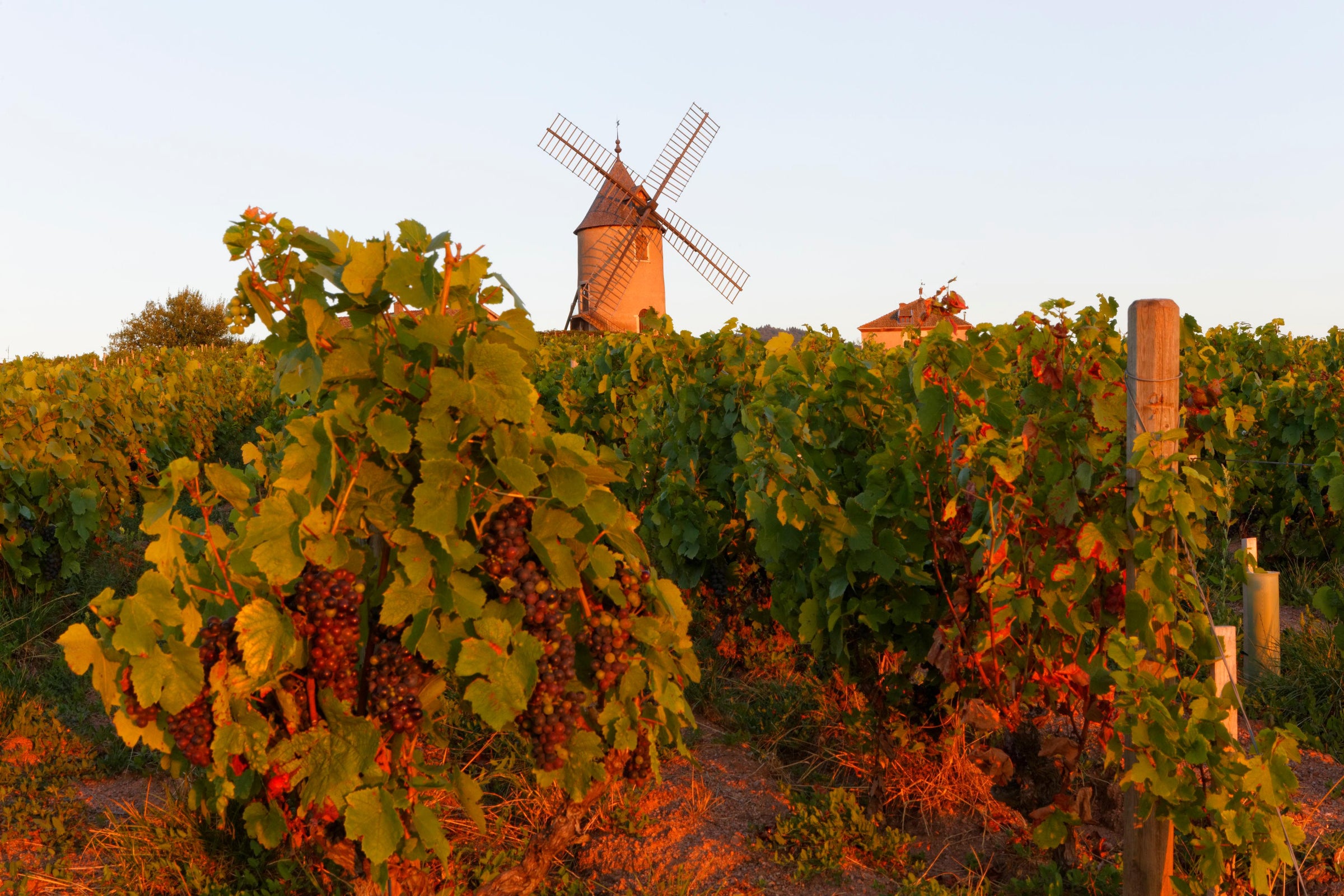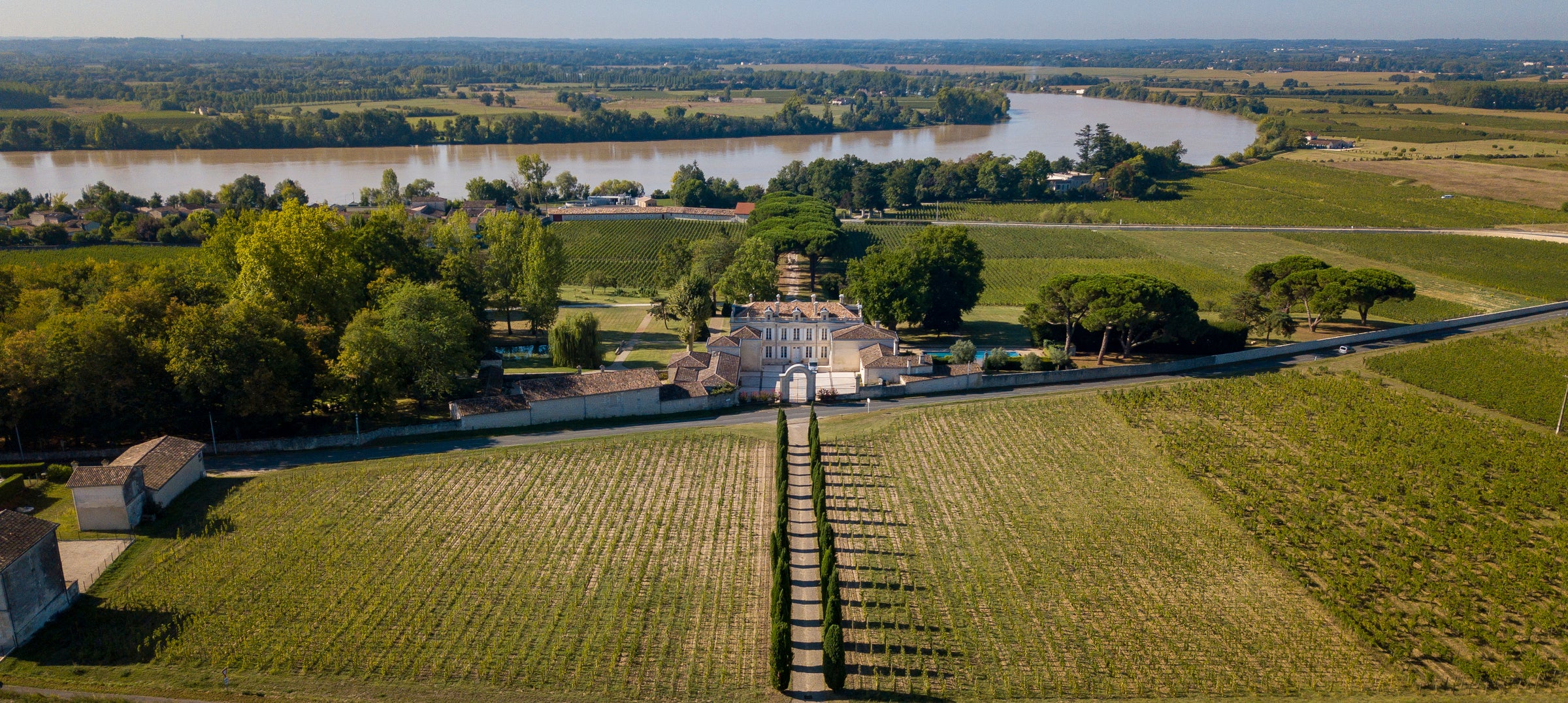In case you thought we were done cherry-picking the cellars of Burgundy
négociant Remoissenet Père et Fils, think again: There’s a treasure around every corner down there, and if they’ll keeping making some available to us, we’ll keep offering them.
These aren’t just “back-vintage” wines; these are perfectly preserved pieces of Burgundy history, hand-selected by Remoissenet’s cellar master, Bernard Répolt. We had the opportunity to enjoy a bottle of today’s wine while in Burgundy, a 1966 Volnay from the Premier Cru “En Chevret,” and, once again, couldn’t wait to get our hands on a parcel for our clients in the States. And it wasn’t just the setting that did it: Yes, tasting a wine plucked from their hand-carved cellars, in a salon straight out of the Medieval era, is a special experience. But we managed to stay clear-eyed about the wines in the bottles, and chose those which not only delivered in the moment but which seemed capable of surviving the overseas journey intact. Today’s ’66, now rested and ready after some time in our California warehouse, is a fascinating look at how great Burgundy evolves over time. We have enough to offer up to three bottles per person today until our stock runs out.
As neatly summarized in a
review by Burgundy writer Bill Nanson, the 2005 purchase of Remoissenet ushered in a new era at this historic firm, which was established in 1877 and is housed in a 14th-century stone edifice in the heart of Beaune. In addition to bringing in Répolt, who was previously at Louis Jadot, the new ownership team also added journalist-turned-GM Pierre-Antoine Rovani and winemaker Claudie Jobard, who’ve re-established the property as a quality leader primarily through investments in vineyards and farming (Remoissenet-owned vineyards are farmed biodynamically, and all contact growers are now more closely managed with an eye toward sustainability). They are, like many of their modern contemporaries, re-defining what it means to be a ‘négociant’ in Burgundy: Most people think of such producers a purchasing either grapes or wine from other growers and putting them out under their own label. But the best négociants of the modern era are much more hands-on than that, managing the process carefully at every step of the way by focusing heavily on sustainable farming and wines from estate-owned vineyards.
But the other distinguishing feature of Remoissenet is its museum-quality collection of back-vintage bottlings, which, as Nanson notes, numbered around a million bottles dating back to the 1950s. We’ve seen them firsthand while strolling through the catacombs with Répolt—stacks of dusty “shiner” bottles, one with a miniature chalkboard hanging from its neck with the vintage and vineyard inscribed. For a wine geek, it’s more exciting than an amusement park ride—especially when you get to pull the cork on some of them and literally taste history.
The Premier Cru “En Chevret” hugs Volnay’s southern border with Meursault, and is somehow a lesser-known site despite being surrounded by “Santenots” and the two “Cailleret” Premier Crus. It has a full eastern exposure right in the heart of the Premier Cru slope, and while specific production details on this 1966 are lost to history, the wine—much like the ’67s we offered previously—showed incredible vibrancy and relative youthfulness given its advanced age. In the glass, it displays a medium garnet core moving to brick orange at the rim, and upon breathing a little air it begins to explode with complex fruit and earth sensations, including dried black cherry, black plum, dried orange peel, leather, dried rose petals, damp forest, black truffle, cured meat, crushed stones, and warm spices. It is medium-bodied and seductively silky—its tannins now sanded to a smooth finish—but still lifted and surprisingly fresh. It won’t fall apart on you (a testament to its never-been-moved provenance), though I’d suggest you serve it from the bottle rather than decant it: Stand the bottle upright in a cool place the day before opening and pull the cork about 30 minutes before service at 60 degrees in Burgundy stems. The wine should quickly open up in the glass so don’t rush it; pour small amounts (2-3 ounces) and slowly enjoy the bottle over a few hours. If you pour gently, you should manage to avoid any intrusion of sediment until the very end. Obviously, a special-occasion meal is in order whenever you choose to open it: Check out the earthy flavors in the attached chicken recipe; I think it’ll make a very soulful and authentic combination. Enjoy!






